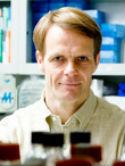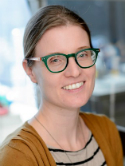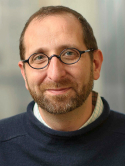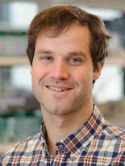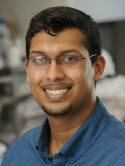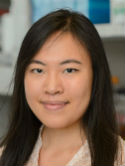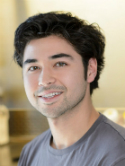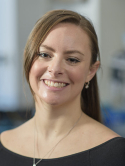A multiplex human pluripotent stem cell platform defines molecular and functional subclasses of autism-related genes Journal Article
| Authors: | Cederquist, G. Y.; Tchieu, J.; Callahan, S. J.; Ramnarine, K.; Ryan, S.; Zhang, C.; Rittenhouse, C.; Zeltner, N.; Chung, S. Y.; Zhou, T.; Chen, S.; Betel, D.; White, R. M.; Tomishima, M.; Studer, L. |
| Article Title: | A multiplex human pluripotent stem cell platform defines molecular and functional subclasses of autism-related genes |
| Abstract: | Autism is a clinically heterogeneous neurodevelopmental disorder characterized by impaired social interactions, restricted interests, and repetitive behaviors. Despite significant advances in the genetics of autism, understanding how genetic changes perturb brain development and affect clinical symptoms remains elusive. Here, we present a multiplex human pluripotent stem cell (hPSC) platform, in which 30 isogenic disease lines are pooled in a single dish and differentiated into prefrontal cortex (PFC) lineages to efficiently test early-developmental hypotheses of autism. We define subgroups of autism mutations that perturb PFC neurogenesis and are correlated to abnormal WNT/βcatenin responses. Class 1 mutations (8 of 27) inhibit while class 2 mutations (5 of 27) enhance PFC neurogenesis. Remarkably, autism patient data reveal that individuals carrying subclass-specific mutations differ clinically in their corresponding language acquisition profiles. Our study provides a framework to disentangle genetic heterogeneity associated with autism and points toward converging molecular and developmental pathways of diverse autism-associated mutations. © 2020 Elsevier Inc. Large-scale sequencing studies have identified hundreds of autism-associated genes, yet a systematic understanding of their functional consequences during human neurodevelopment remains elusive. Cederquist et al. develop a pooled human pluripotent stem cell-based phenotypic screening platform and identify subclasses of autism genes with convergent molecular, developmental, and clinical associations. © 2020 Elsevier Inc. |
| Keywords: | controlled study; protein expression; gene mutation; human cell; frameshift mutation; genetics; phenotype; gene; cohort analysis; gene frequency; neural crest; pluripotent stem cell; beta catenin; nerve cell differentiation; wnt protein; nervous system development; fluorescence activated cell sorting; transcription factor sox2; genetic heterogeneity; prefrontal cortex; autism; human pluripotent stem cells; neural development; head circumference; guide rna; human; priority journal; article; ash1l gene; dyrk1a gene; gene editing; kmt2a gene; kmt2c gene; n methyl dextro aspartic acid receptor 2b; ankrd11 gene; asxl3 gene; chd8 gene; cul3 gene; deaf1 gene; reln gene |
| Journal Title: | Cell Stem Cell |
| Volume: | 27 |
| Issue: | 1 |
| ISSN: | 1934-5909 |
| Publisher: | Cell Press |
| Date Published: | 2020-07-02 |
| Start Page: | 35 |
| End Page: | 49.e6 |
| Language: | English |
| DOI: | 10.1016/j.stem.2020.06.004 |
| PUBMED: | 32619517 |
| PROVIDER: | scopus |
| PMCID: | PMC7376579 |
| DOI/URL: | |
| Notes: | Article -- Export Date: 3 August 2020 -- Source: Scopus |
Altmetric
Citation Impact
BMJ Impact Analytics
MSK Authors
Related MSK Work




